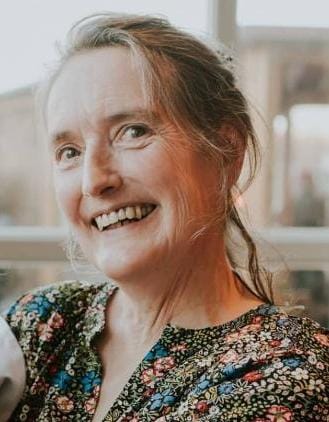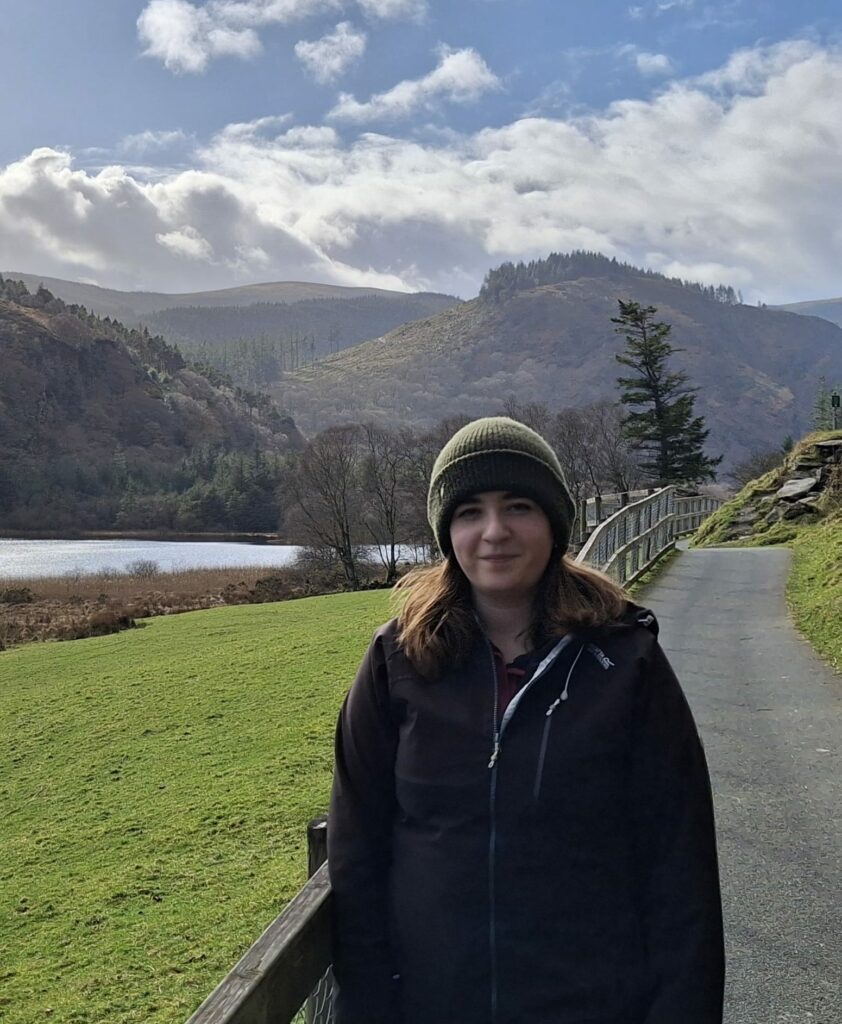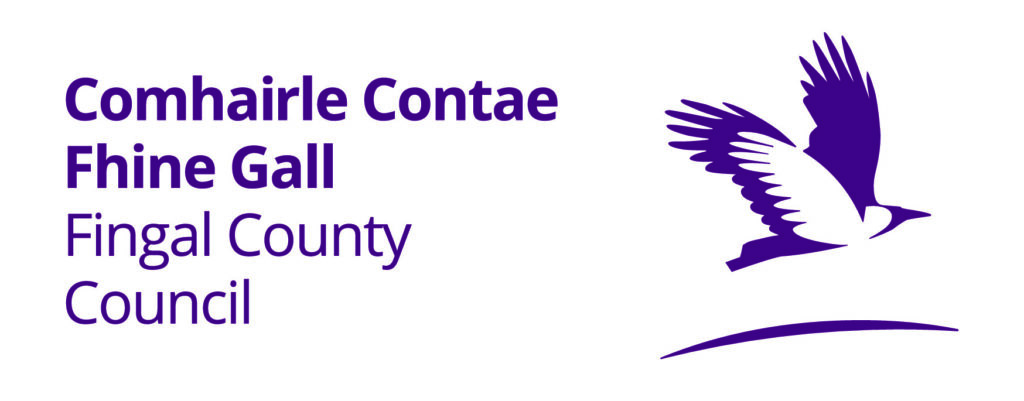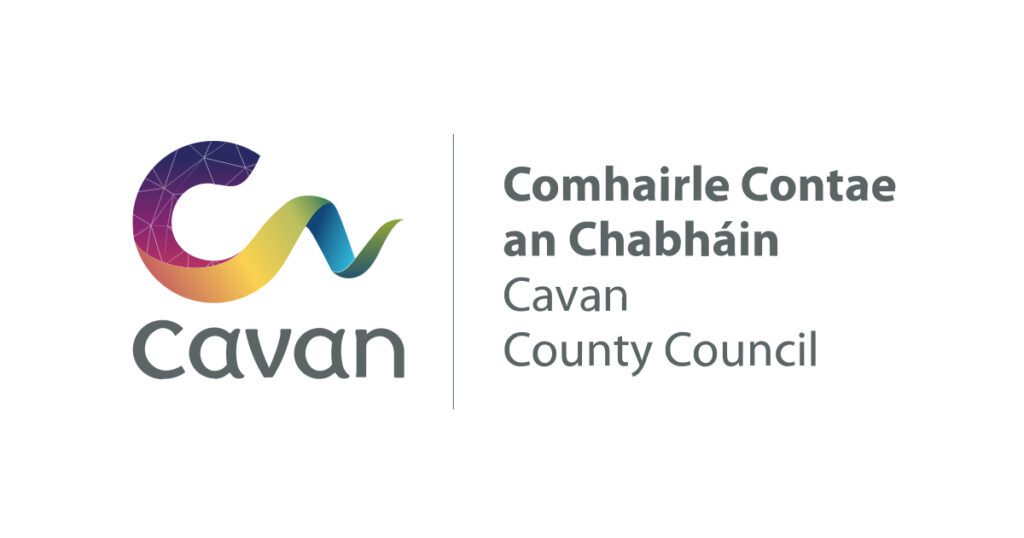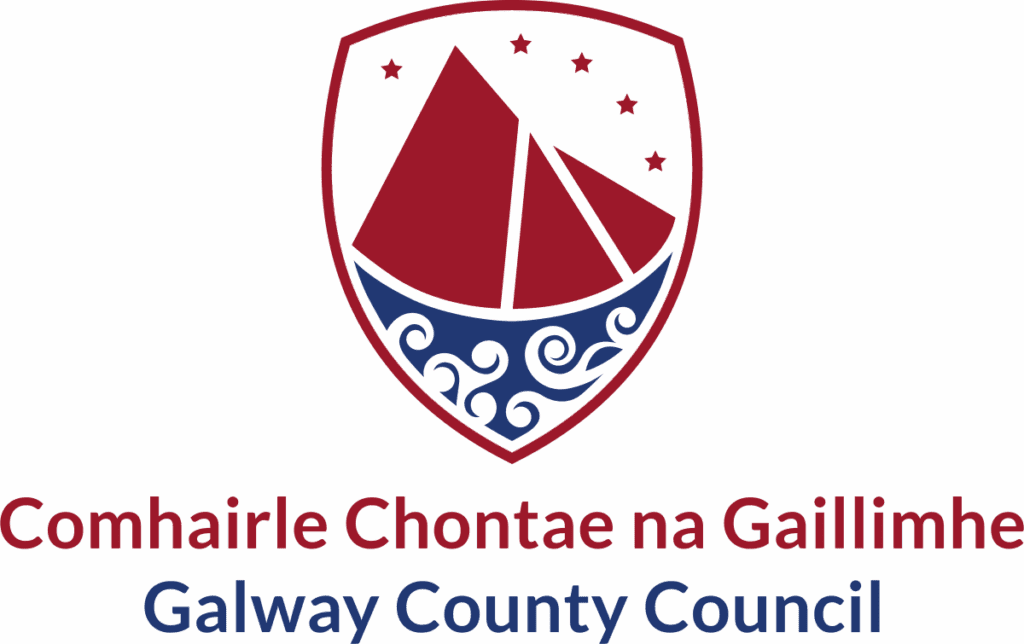The Swift Surveys are now in their ninth year. That’s nine years of surveyors and volunteers pounding the pavements of every village, town and city within their designated county or area, searching for Swift nest sites.
Over the years we have found that the easiest way to find the Swift is by its call. Like everything the Swift does, its call is taken to the extreme. The Swift does not sing, it does not warble and god forbid the Swift should twitter. Instead, the Swift screams. A high-pitched call, which blends into the background thrum of traffic and daily life. However, once your ear is tuned into it, its unmistakable.
 Non-breeding birds or ‘bangers’ follow breeding birds back to the nest site in an effort to find nest sites of their own.
Non-breeding birds or ‘bangers’ follow breeding birds back to the nest site in an effort to find nest sites of their own.
It’s not the breeding birds who tend to emit this high pitched call. Instead, its the ‘bangers’, the non-breeding birds who are in search of nesting sites. These non-breeders follow breeding birds back to nest sites, looking for any available tiny gaps that they might call home. Therefore if you hear this screaming, there’s a good chance there are Swift nest sites near by.
Once the surveyors and volunteers find the birds, they then watch them carefully to see if any enter or exit a nest. Swift nest entrances are tiny, and Swifts enter and exit the nest really quickly. If you blink at the wrong moment, you can miss a nest entrance or exit.
 Swift nest site entrances are tiny and the birds come and go from them extremely quickly. (Kevin Collins)
Swift nest site entrances are tiny and the birds come and go from them extremely quickly. (Kevin Collins)
Once the observer clinches where on the building the nest site is, they quickly snap a photo and mark the nest site, and provide some additional information about the number of birds present, etc. At the end of the season all of this information is collated and passed on to the respective county and city councils where it gets passed to the planning departments.
Off the back of this information we also work with many county and city councils installing Swift nest boxes in targeted areas. This work is vital to the long-term survival of Swifts as a species in Ireland. The Swift has declined by 69% between 1998 and 2023, largely we reckon due to a lack of nesting habitat. So providing nesting space for this species is key.
We could not collect this information without the hard work of our volunteers and our Swift Surveyors. Each year, our Swift Surveyors work long days and cover large distances, searching for Swifts and gathering that all important data. So without further ado, let’s meet this years Swift Surveyors.
Helen Taylor – West Cavan
I was born in the north-west of England, in Lancashire. I was privileged to grow up on a small farm in a by-gone era where hay was cut late, and we used horses for some of the work. A few key people inspired me with a passion for nature in my childhood. I went on to study Environmental Science in Plymouth , then a PhD at Newcastle University where I lectured for a few years.
A car accident forced me to change direction as I struggled to recover from a traumatic brain injury, but it also allowed me to focus on horses which is my other passion in life.
I moved to Ireland almost thirty years ago and established a mixed organic farm. I have been involved in many different projects doing bird, bat and habitat surveys. I find Swifts particularly fascinating and I have been involved in Swift Surveys for BirdWatch Ireland on a voluntary basis since 2019. I learnt a lot about Swifts from Ricky Whelan and Annie Birtwistle. I am based in Fenagh, Co. Leitrim, so when West Cavan came up for surveying I couldn’t resist the opportunity.
Belle Carbeck – Fingal Swift Surveyor

Éabha Garry – Swift Surveyor South Galway
I am 20 years old and have lived in South Galway all my life. I’m currently going into Fourth year of Environmental Science at the University of Galway. I have always loved nature and birds have become a keen interest of mine in the last number of years. I believe the conservation of endangered species, such as Swifts, is critically important to prevent the loss of these fascinating species. Last year I carried out the Swift survey in Galway city and Gort and I’m looking forward to surveying the Swifts other parts of Galway this Summer.
The South Galway Swift Survey is supported by the National Parks and Wildlife Service (NPWS) under the National Biodiversity Action Plan, and is a collaboration with Galway County Council.
The Fingal Swift Survey is a collaboration between Fingal County Council and BirdWatch Ireland and is funded by Fingal County Council. The south Galway and west Cavan Swift Surveys are supported by the National Parks and Wildlife Service (NPWS) under the National Biodiversity Action Plan, and are a collaboration with Galway County Council, and Cavan County Council.

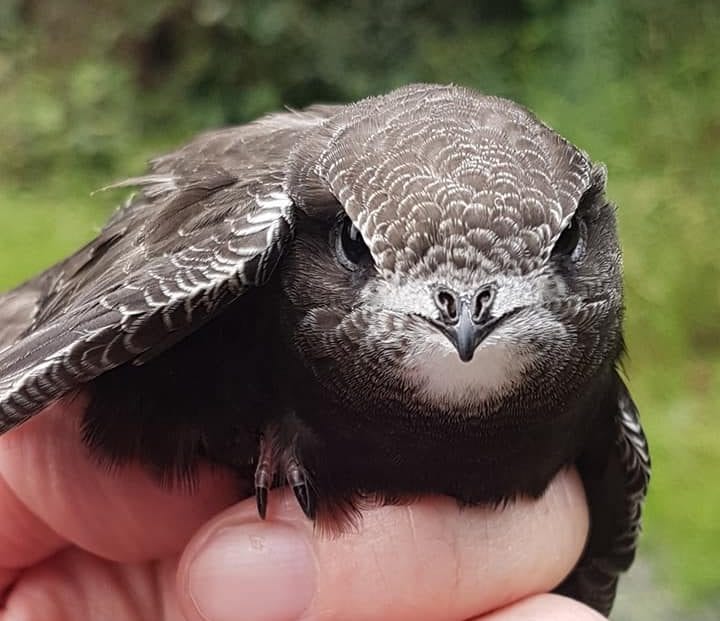
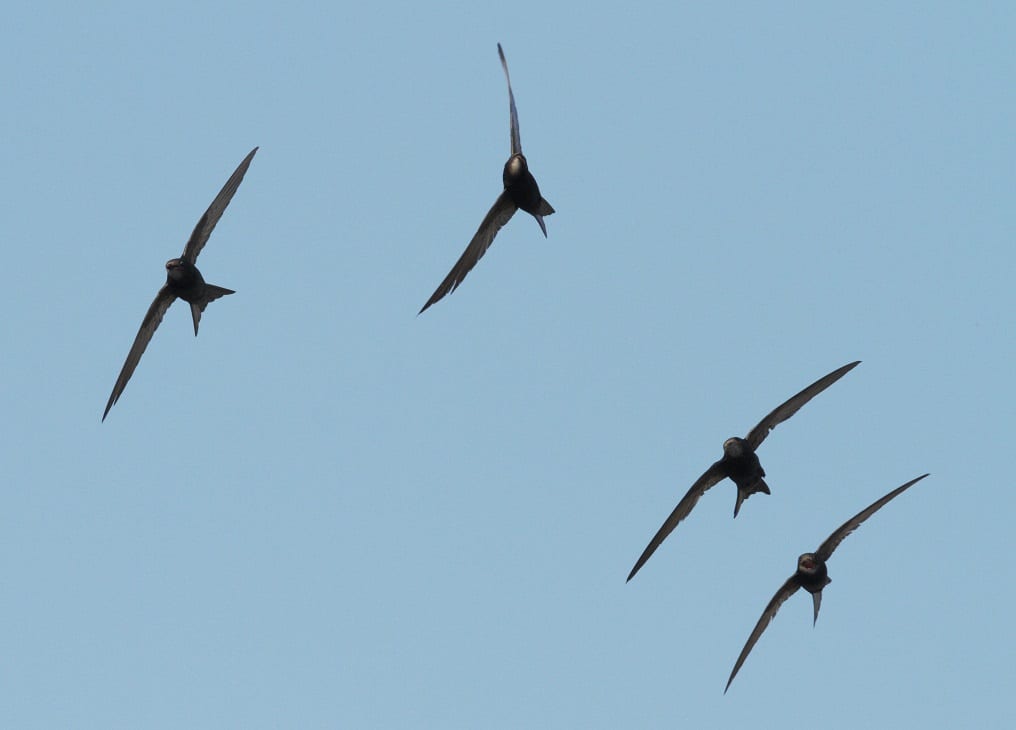 Non-breeding birds or ‘bangers’ follow breeding birds back to the nest site in an effort to find nest sites of their own.
Non-breeding birds or ‘bangers’ follow breeding birds back to the nest site in an effort to find nest sites of their own.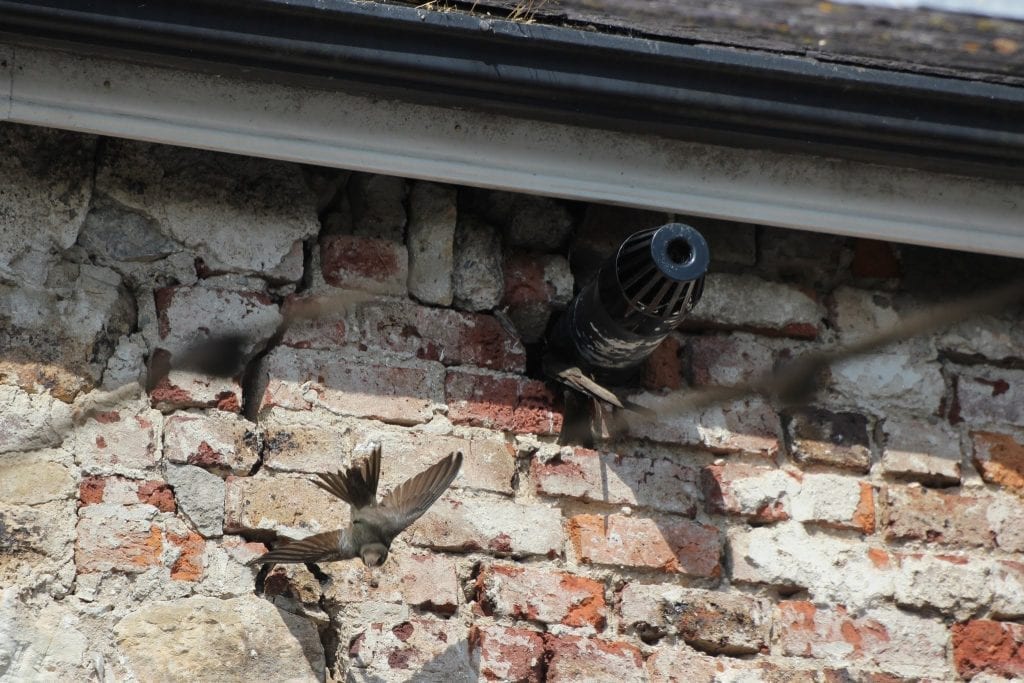 Swift nest site entrances are tiny and the birds come and go from them extremely quickly. (Kevin Collins)
Swift nest site entrances are tiny and the birds come and go from them extremely quickly. (Kevin Collins) 